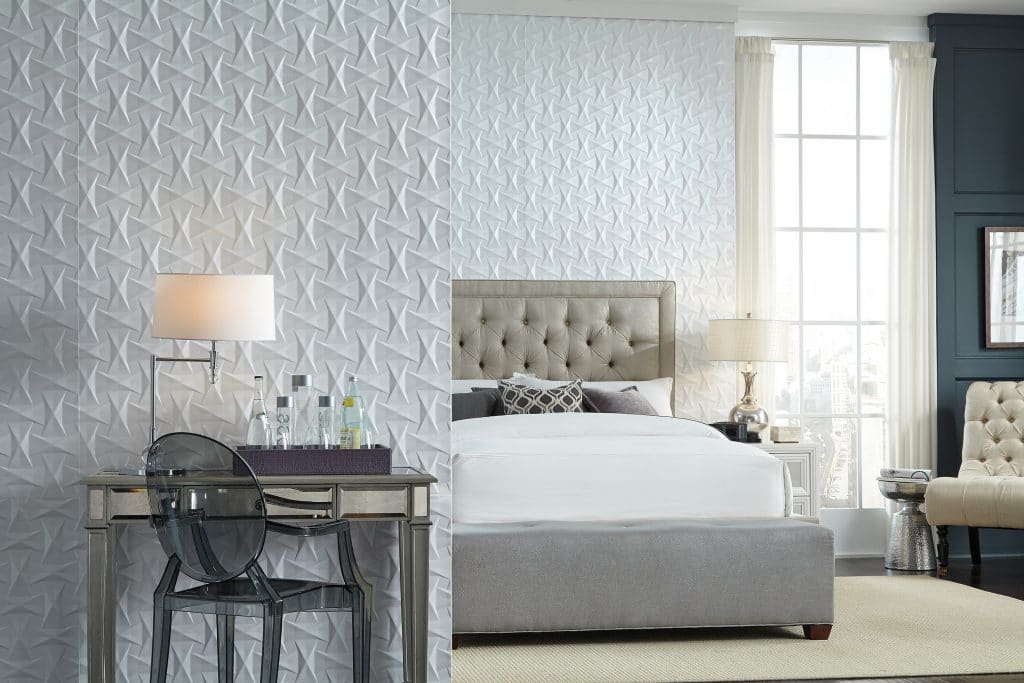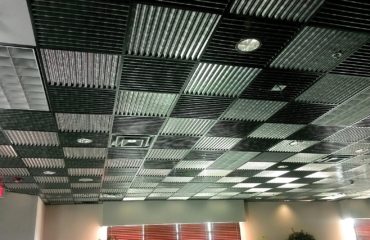Hospitality Design Trends: Hotels That Feel Like Home
Hospitality design, unlike many other industries, relies heavily on the built environment. Guests want and expect a particular experience, making every detail important. One trend that is showing up more and more is for hotels to feel more like home, as if it is a familiar vacation home. Hospitality designers have to balance the functionality of hospitality design features with the warmth and fluidity of residential design to successfully execute this design trend.
First embraced by extended-stay hotels looking to better accommodate their guests, the idea has gained traction in the hospitality industry and is quickly becoming the design standard. One way hotels are adjusting to this trend is through re-designing their lobbies and other communal spaces from hi-tech architectural spaces to less ostentatious, comfortable spaces that are warm and inviting. However, the feel and design of rooms continue to be the most important aspect.
Making each room a little different from the last gives the hotel a natural feel. This is easily accomplished by changing the layout of individual rooms and by adding unique elements throughout the space. This way, the room is designed to make it feel more like a personalized master bed and bath instead of a hotel room. Matching décor and furniture are now a thing of the past; instead designers are using different wall treatments and mix and match furniture in rooms to give it a cozy feel. Adding unexpected textures and eclectic style helps bring new life and energy to a space people naturally yearn for. One of the major challenges in designing one of these rooms is to make the space unique and memorable while remaining relaxed and comfortable. Hotels often turn elements like bedding and décor but adding textured wall panels or ceiling tiles can give the space an inviting feel as well.
The major goal of most hotels around the globe is to make guests feel at home. Interior design that offers functionality while still being warm and welcoming is the most effective way hotels can succeed in this change. The shift toward homier hospitality design makes the guest feel more comfortable, fostering return stays. Designers have to focus more on just providing guests a place to stay, they must offer them an experience, both emotionally and physically that extend beyond their daily lives–keeping them coming back again and again.




